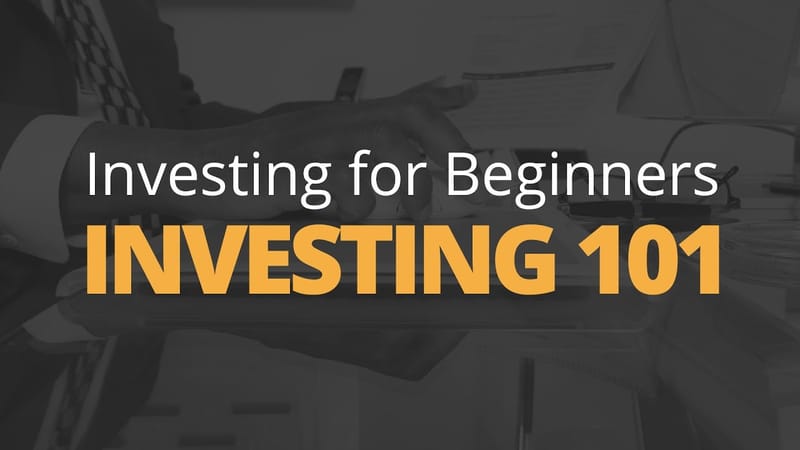How to Start Investing: A Comprehensive Guide for Beginners

It is important to have a steady grounding before you jump into investing your money. Take a step back to understand your primary aims and objectives such as saving for family, education, retirement, or travel, and prioritize them. The clearer you are about your goals, the better you will be at investing, understanding your risk exposure, time spans, and the inflation rate you have to confront.
Setting Clear Investment Goals
Further, deciding exactly how much to invest and how frequently isn’t that simple. Although it varies from person to person, experts suggest a few rules of thumb. Invest about 10% of your gross income per year for retirement, whatever your current age may be. The earlier you start, the better the compounding effect of investing. Any windfall annual income if you are into business or a side job should also be factored in while making a decision. Those who are early earners might only invest 3% to 5%, whereas those who are late starters and fall under the higher income group can be more assertive and aggressive in terms of choosing their investment plan.
Determining Risk Tolerance
Determine Your Risk Tolerance - One of the most intimidating factors in investment is the amount of risk involved. No matter how secured the investment, some variables involve uncertainty and a level of risk concerning the potential return. Your appetite for investment is proportional to your risk stamina and the overall make-up of your investment profile. The key to managing your risk is to Diversify. Never keep ‘all the eggs in one basket’ is therefore one of the most foresighted advice by investment advisors. A well-diversified portfolio that is balanced and versatile is considered to be sustainable and mitigates any unforeseen market crashes.
Seeking Professional Advice
Seek Professional Advice - Don’t worry if you don’t know where to look for the right investment cue. There are many solutions to this, such as a professional financial advisor, your local bank advisor, or even an online Robo API advisor.
With BuyProperly.ca, you can simply see various investment properties on one page and talk to one of our online advisors to make your pick. Our AI sourcing model finds you the best investment opportunities while allowing you to manage all your investments in one place on our digital portal.
Knowing Your Investment
Know Your Investment - It is important to do your core research before investing in any particular medium. In case you are not familiar with some of these terms already, do your homework and at least get a basic idea of risk tolerance, compound interest, year on year growth, investment taxes, portfolio and management fees, as well as various terms and conditions.
Understanding Risk and Return
Risk - This term refers to the probability of monetary loss when investing, which is subject to market risk, economic conditions, and uncertainty in return for the policy premium. Risk tolerance is how comfortable you are with risk and not knowing what you will earn or lose on your investment.
Also, your returns may come under taxable income, and therefore you need to seek professional advice on planning your tax payments. Return is the amount of profit that is expected after you have made your investment. It is also known as ROI that is related to profit or growth in your investment that might vary because of multiple factors.
If you have a low-risk appetite, then you are “risk averse”. Asking from the self becomes important then to understand the tolerance when returns on the investments are unpredictable and subject to sudden changes in the market.